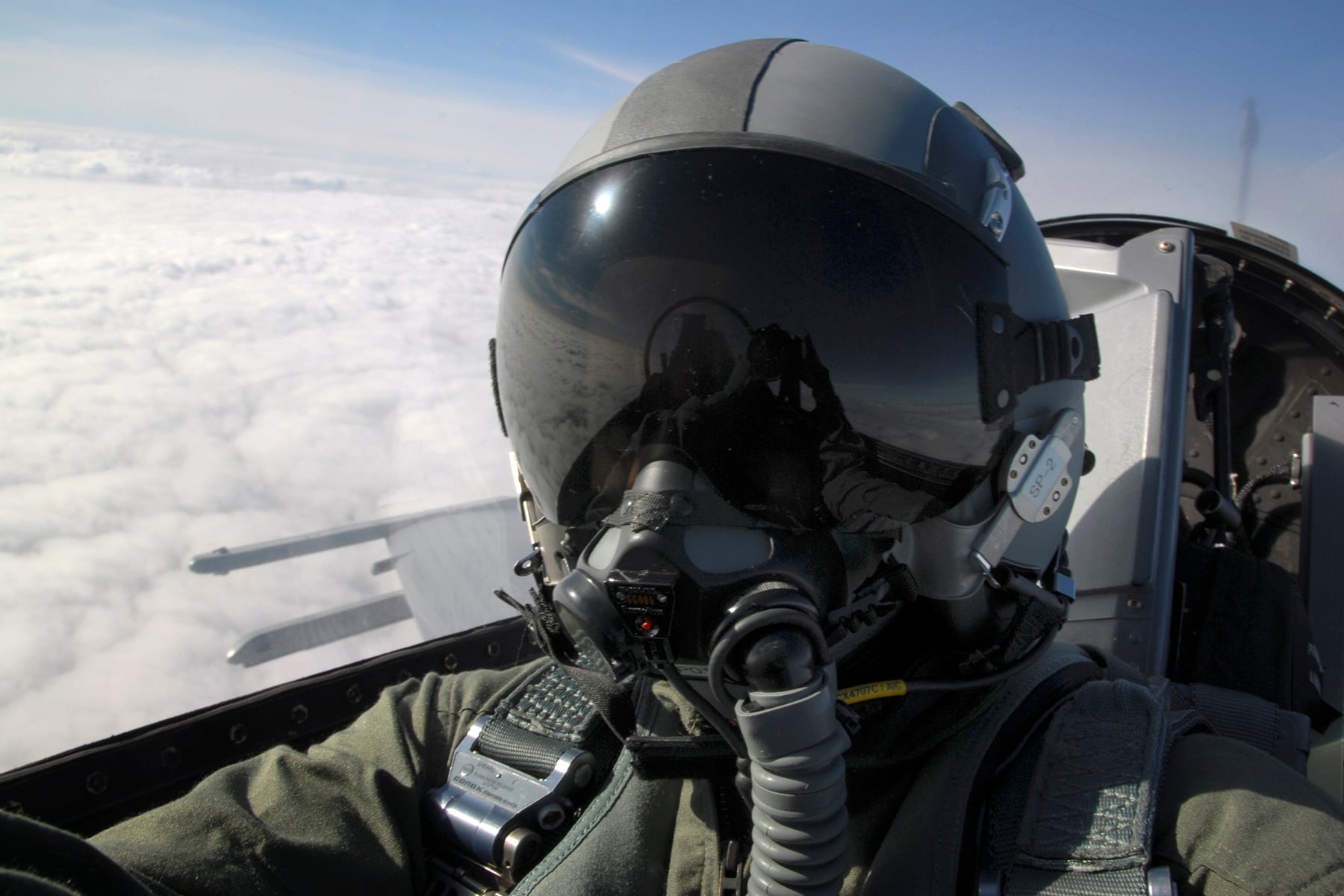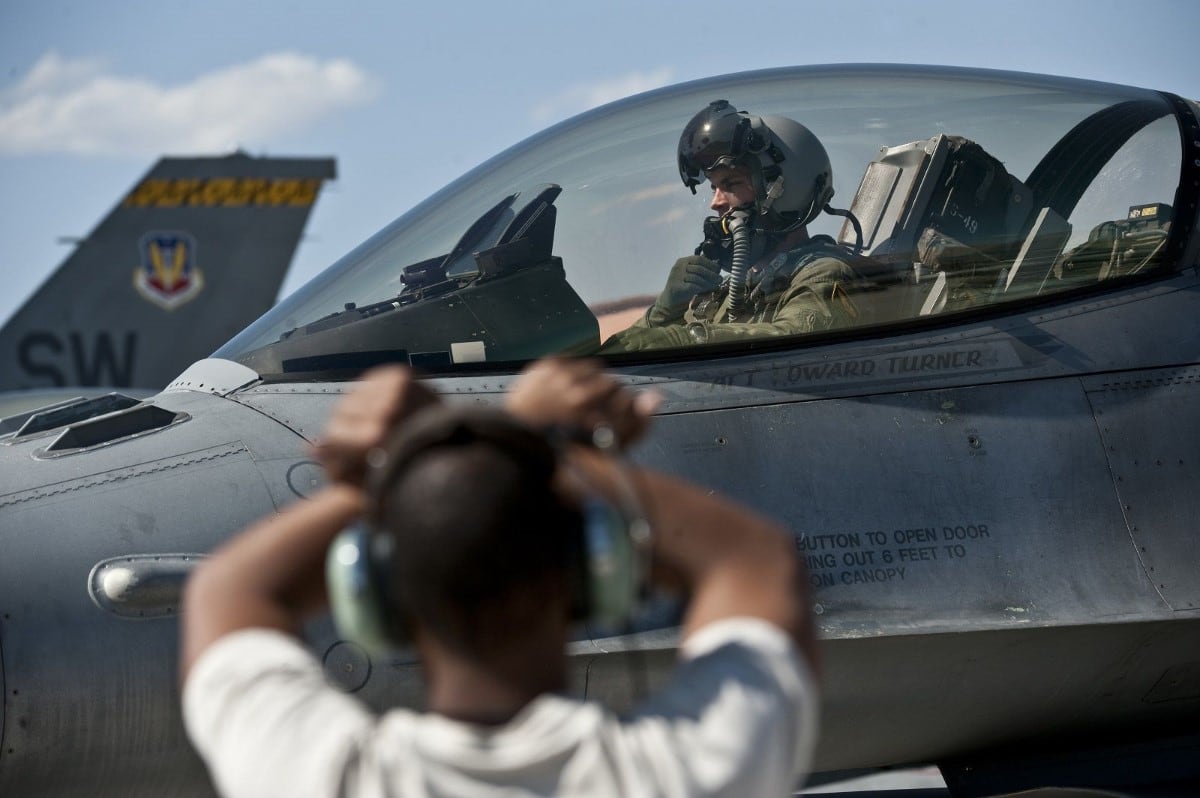As many as 1,000 recently retired Air Force pilots, combat systems officers and air battle managers could return to active duty under a major new expansion of a recall program.
The Air Force announced Wednesday it will expand the Voluntary Retired Return to Active Duty program as part of its effort to ease serious manning shortages in the rated community. The service has repeatedly sounded the red alert over its roughly 2,000-pilot shortfall ― which represents about 10 percent of its overall pilot force ― and said it could jeopardize the service’s ability to train all the new pilots it needs and fight wars overseas.
“We’ve got a deficit across the rated force,” said Rob Romer, chief of the Air Force Personnel Center’s accessions, work force planning and career programs division, in an interview Tuesday. “This is just one of the initiatives that we have out there to grow the force and address our rated shortfalls, as well as retention concerns.”
This VRRAD expansion ― which puts into action President Trump’s executive order last October authorizing the Air Force to bring back up to 1,000 pilots ― will be for all 11X pilots, 12X CSOs and 13B air battle managers who meet the qualifications.
When the Air Force announced its previous iteration of the VRRAD program last summer, it was only for fighter pilots, and participation was capped at 25 returning retirees. It has so far authorized 10 fighter pilots to return, five of whom are still on active duty but are about to retire.
The earlier VRRAD program also only allowed pilots to come back for 12 months, but AFPC found most retirees who were interested felt that wasn’t long enough to be worth the family upheaval that would come from putting the uniform back on.
But now, under new Defense Department policy, the program will allow retirees to serve from 24 to 48 months. Lt. Col. Greg Nita, deputy chief of AFPC’s operations and special duties assignment division, said in the interview that this would give returning pilots up to a year to retrain, and still be able to serve a full three-year assignment.
The longer tours will also increase family stability for officers who choose to return, Romer said.
Rated officers who return could serve in rated and flying staff positions, as well as training, testing or even operationally, Romer said. They could volunteer to deploy and even potentially fly combat missions, but that would not be a requirement.
RELATED

That means retired pilots could come back to serve as instructors, such as at undergraduate pilot training at bases like Sheppard Air Force Base in Texas. This could help the Air Force increase its so-called “training pipeline” and graduate more new pilots, easing the pressure on operational squadrons that sometimes have to send pilots to serve as instructors.
“Utilizing them first in some sort of production pipeline role is going to magnify their effect coming back,” Nita said.
They also could serve as instructors for more advanced new pilots, as they learn to pilot specific major weapons systems, Nita said.
“Whether it be B-52s, F-16s, you name it, all those aircraft have training units,” Nita said. “As the Air Force addresses our shortfalls, it’s important to [Chief of Staff Gen. Dave Goldfein] and our leadership that we tap into some of that experience.“

Before retired officers commit to coming back, the Air Force will talk to them about what they would like to do, and try to match them up with the service’s needs, Romer said.
“Everything is on the table,” Nita said. “No request is too big. We will listen to their request first, and try to find a good match.”
To be eligible, officers must have retired from active duty within the past five years, or be about to retire within 12 months of their application. They also must be captains, majors or lieutenant colonels under the age of 50, although the Air Force will consider those older than 50 on a case-by-case basis.
They also must be medically qualified to serve on active duty, and have served in a rated staff position within the last 15 years or been qualified in an Air Force aircraft within 10 years of the time they apply. Officers who retired due to a physical disability will not be eligible.
Those officers who signed up for the 2017 program, and were limited to a 12-month tour, can apply for extensions under the program.
AFPC will accept applications until the end of December, or until all openings are filled.
Pilots who return to active duty will not be eligible for aviation bonuses or promotion consideration.
Romer and Nita said the Air Force believes there will be a high amount of interest among retired pilots, CSOs and air battle managers in returning, though they said it’s too soon to predict how many might actually come back.
Last year, after Trump signed the executive order, Brig. Gen. Mike Koscheski, the head of a task force dedicated to fixing the pilot shortfall, told reporters that fewer than 200 retired pilots would likely return and they would probably serve as instructor pilots and in rated staff positions. At the time, Koscheski said there were no plans to have recalled pilots fly other aircraft besides trainers, such as fighters, bombers or mobility aircraft, though he left the door opening to that changing if the pilot shortfall continued or worsened.
Stephen Losey is the air warfare reporter for Defense News. He previously covered leadership and personnel issues at Air Force Times, and the Pentagon, special operations and air warfare at Military.com. He has traveled to the Middle East to cover U.S. Air Force operations.





